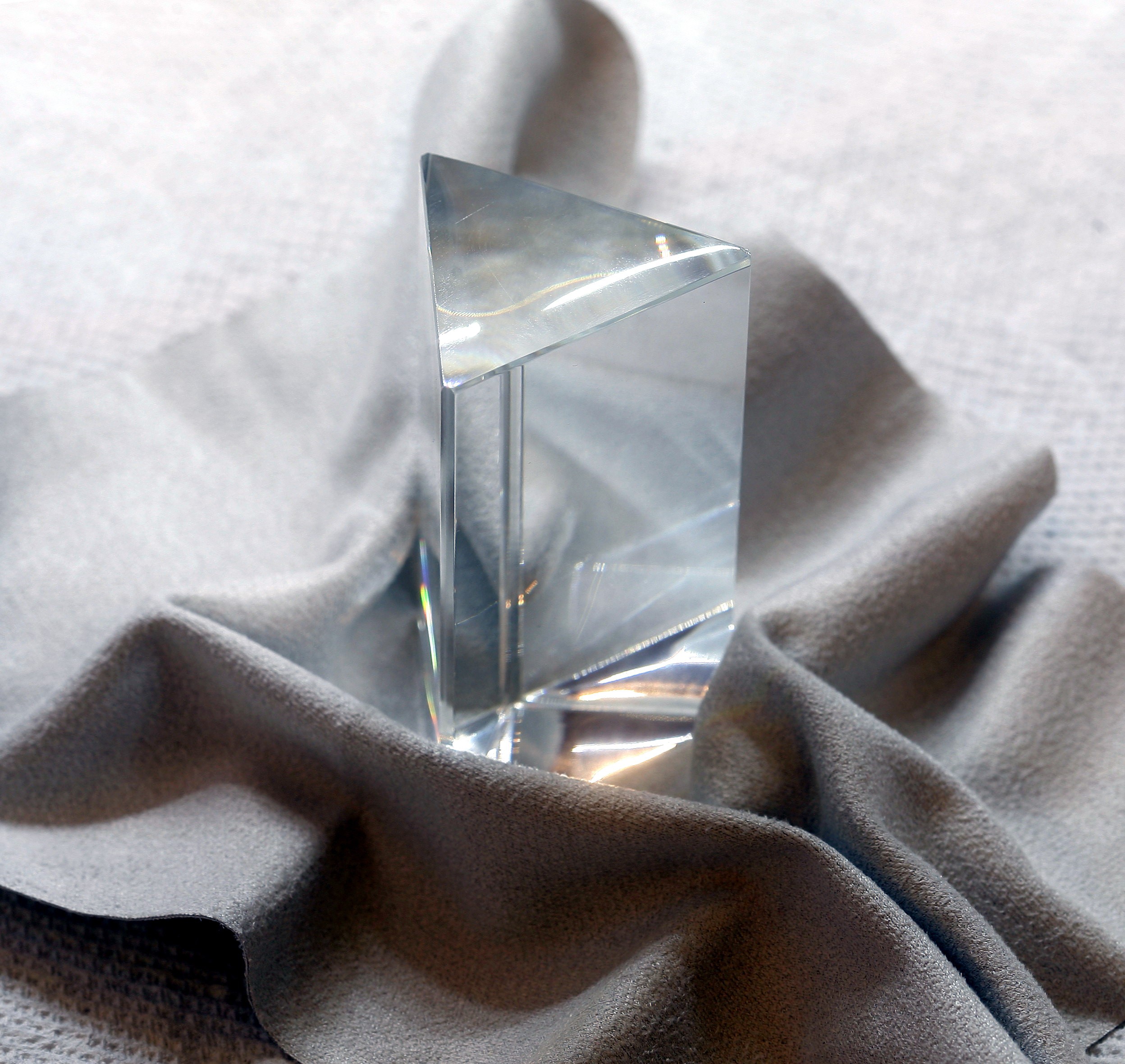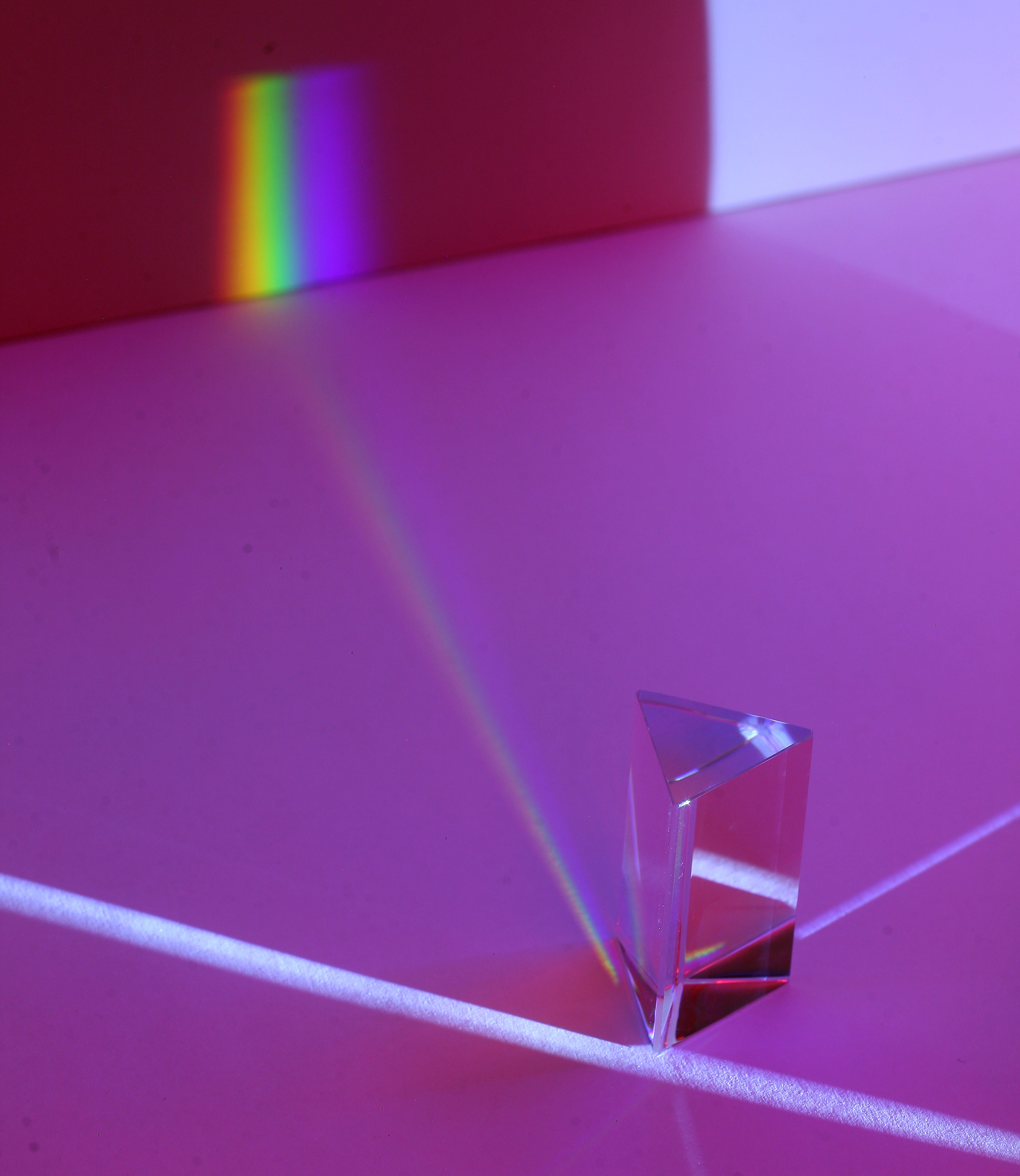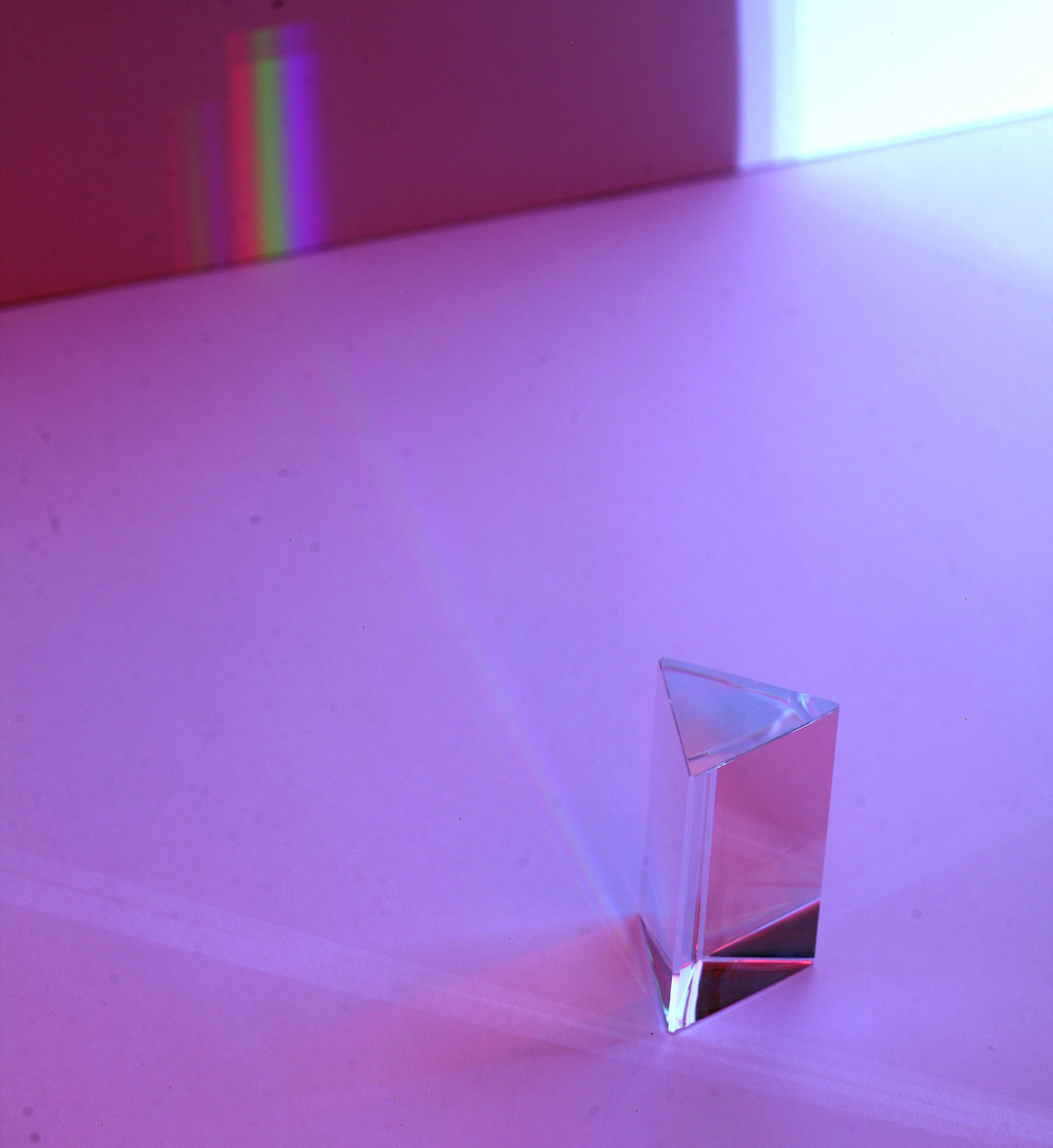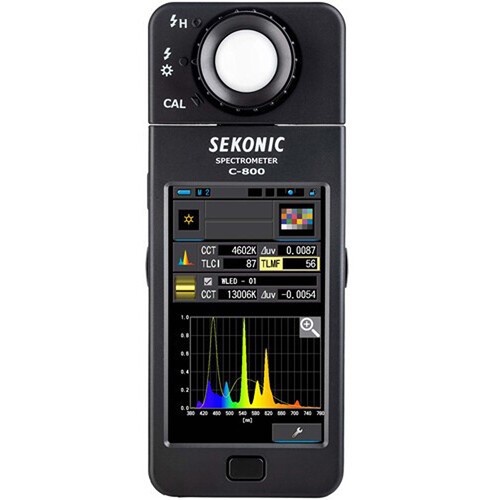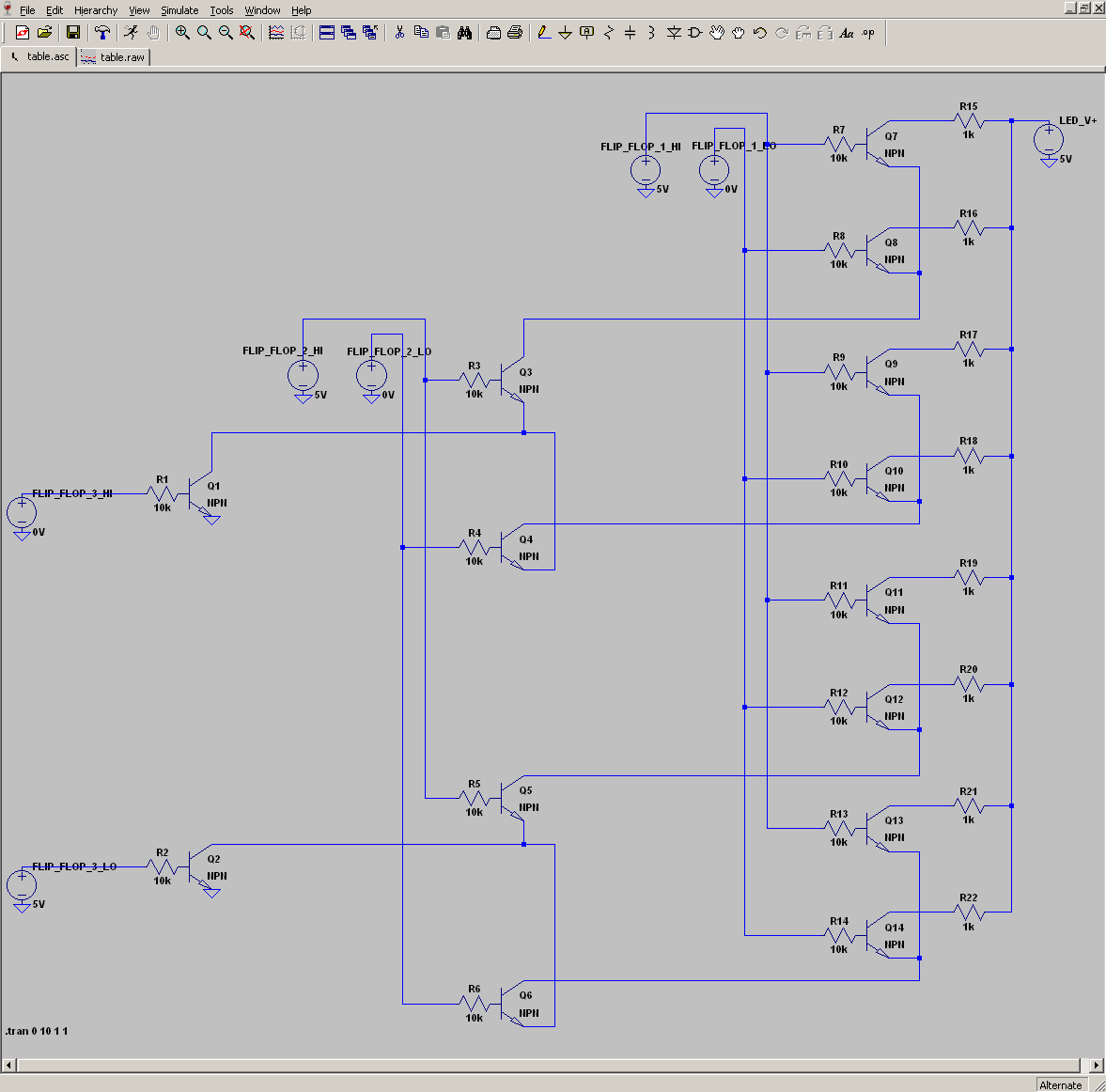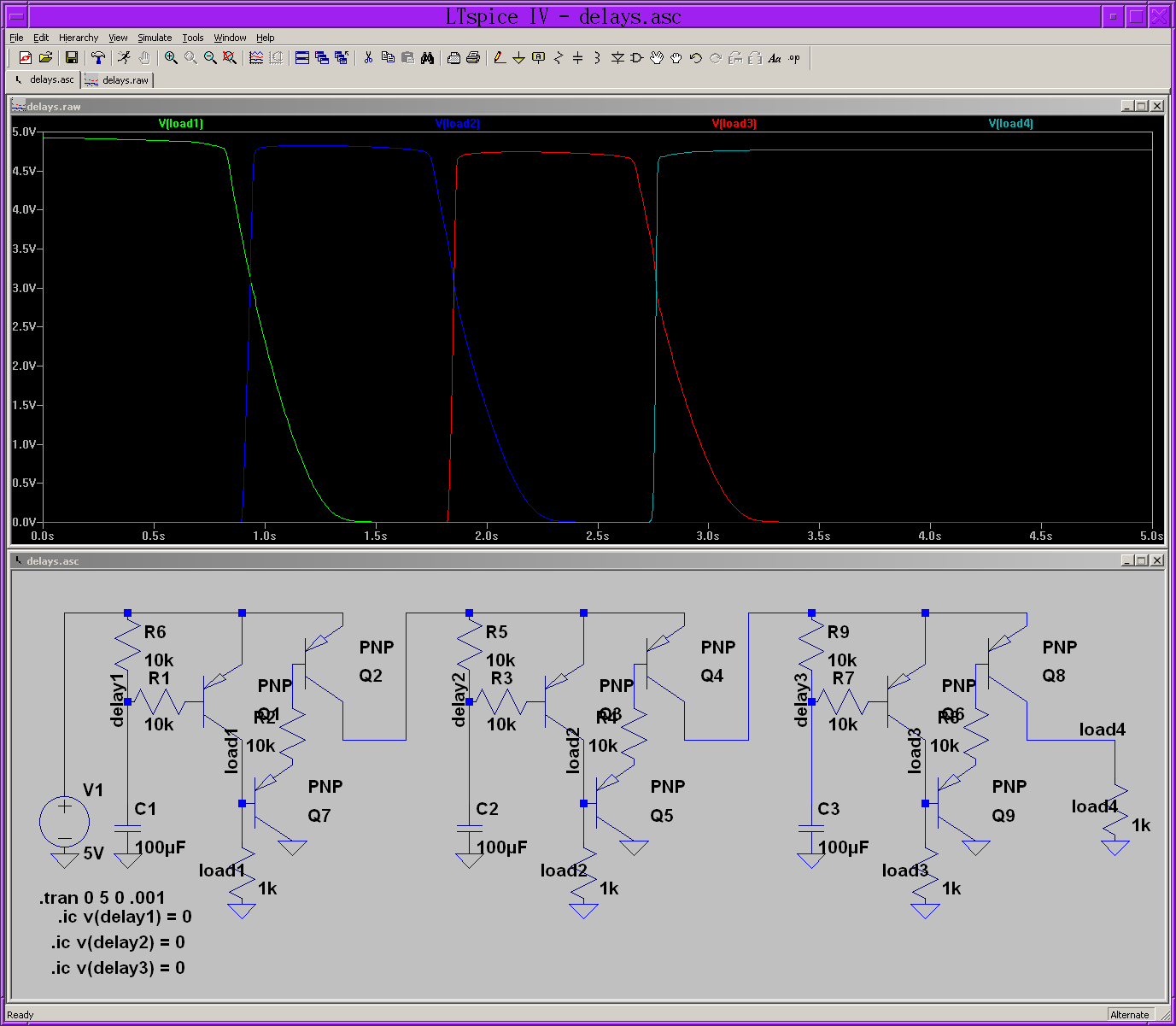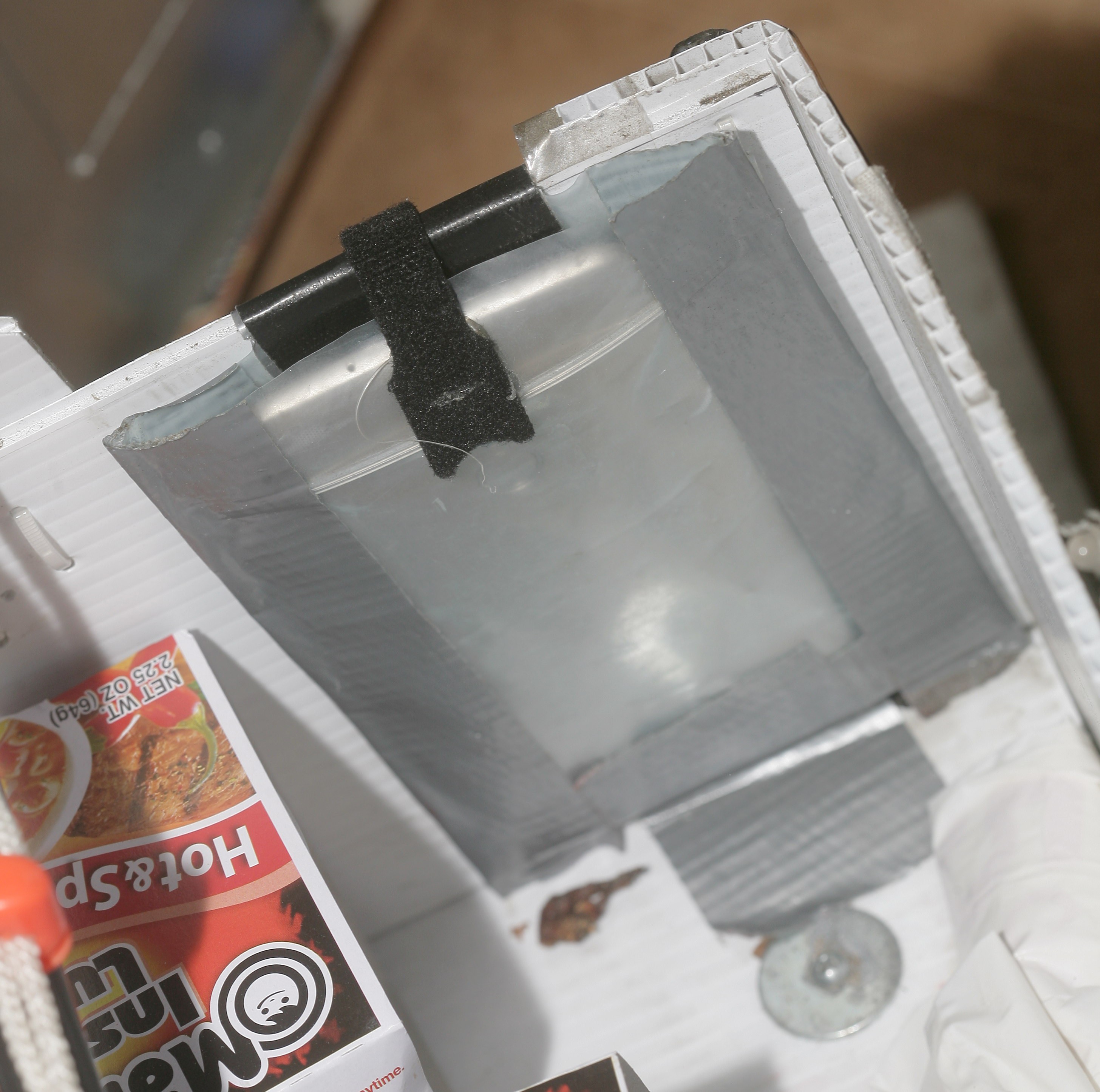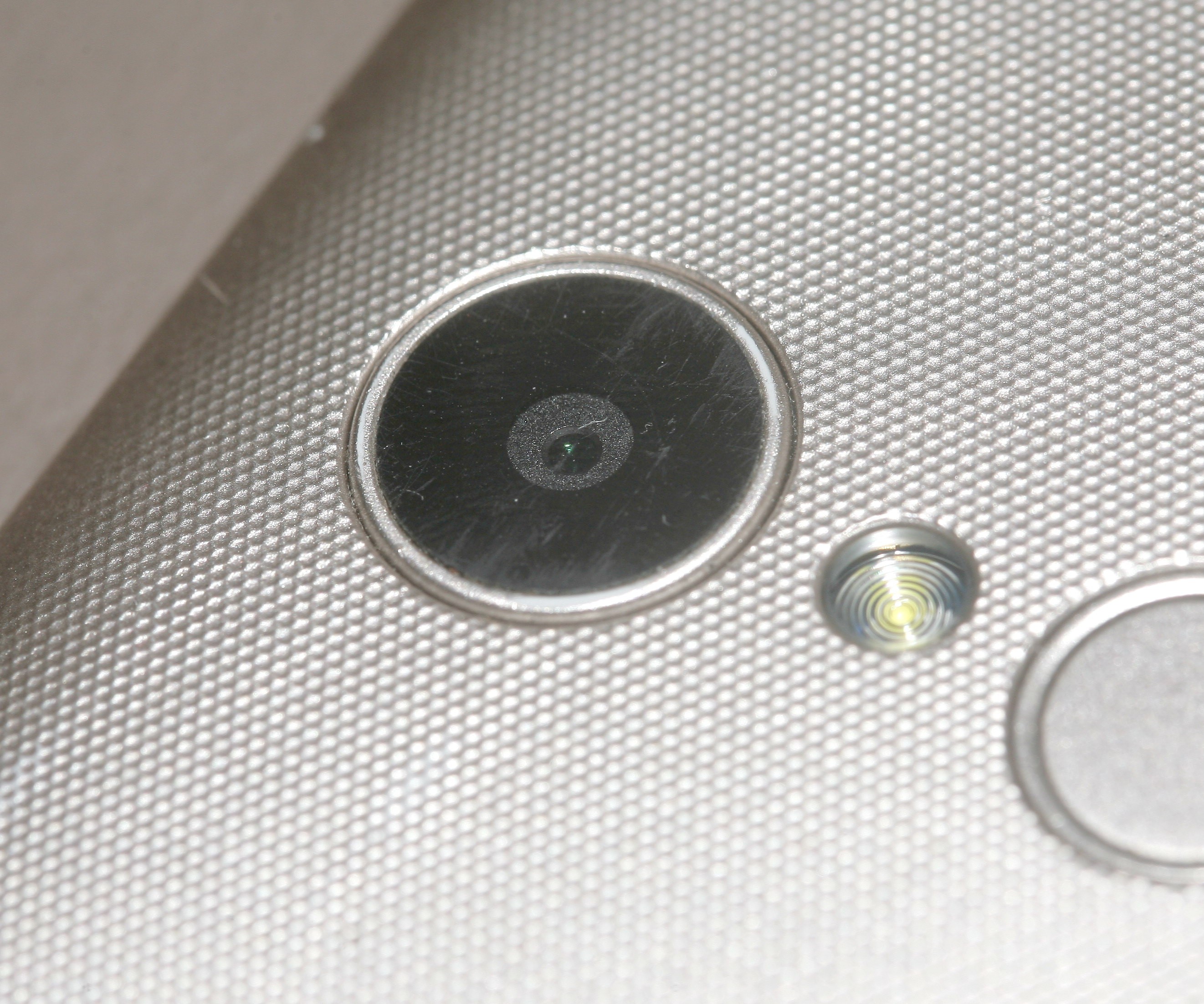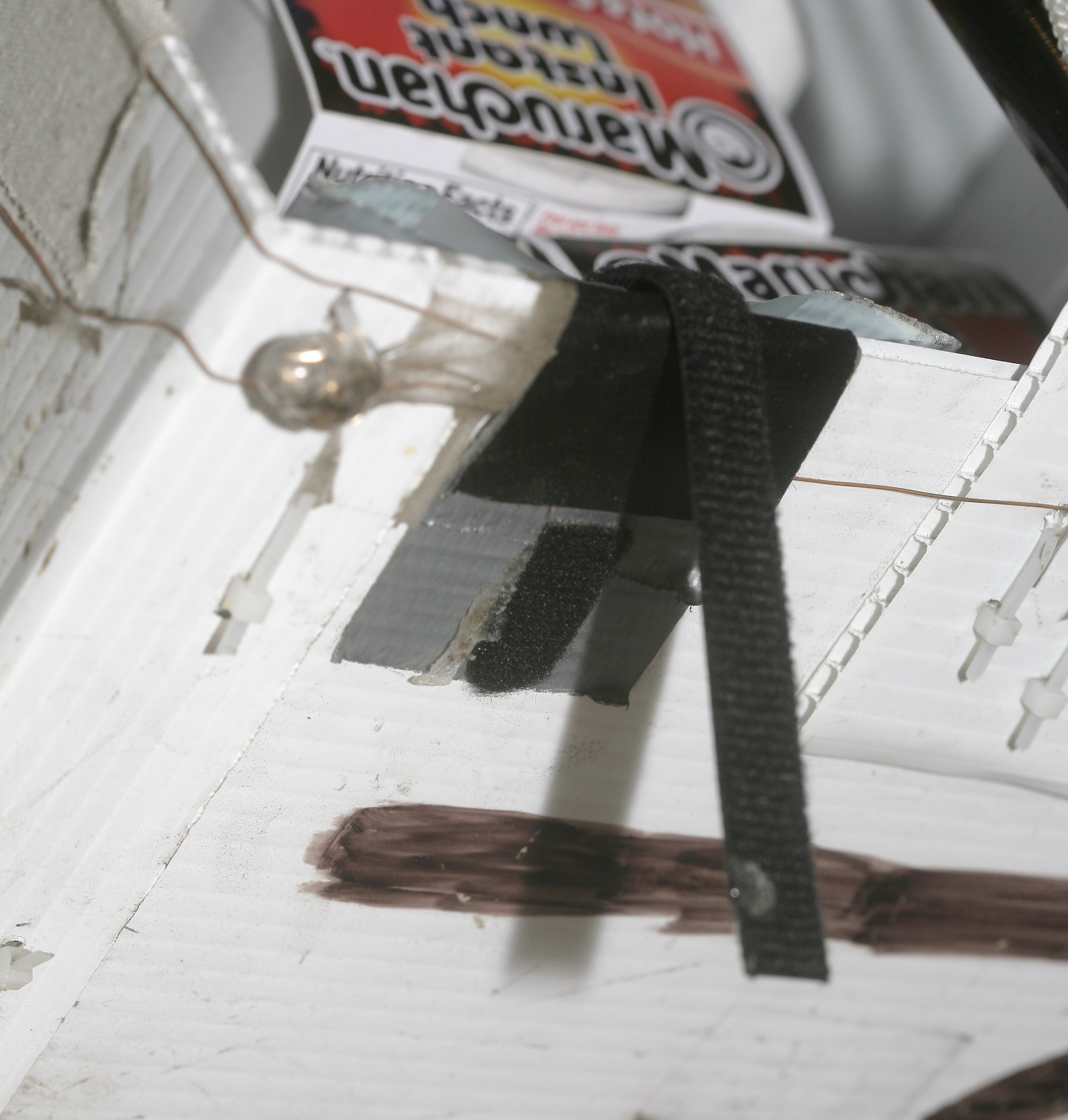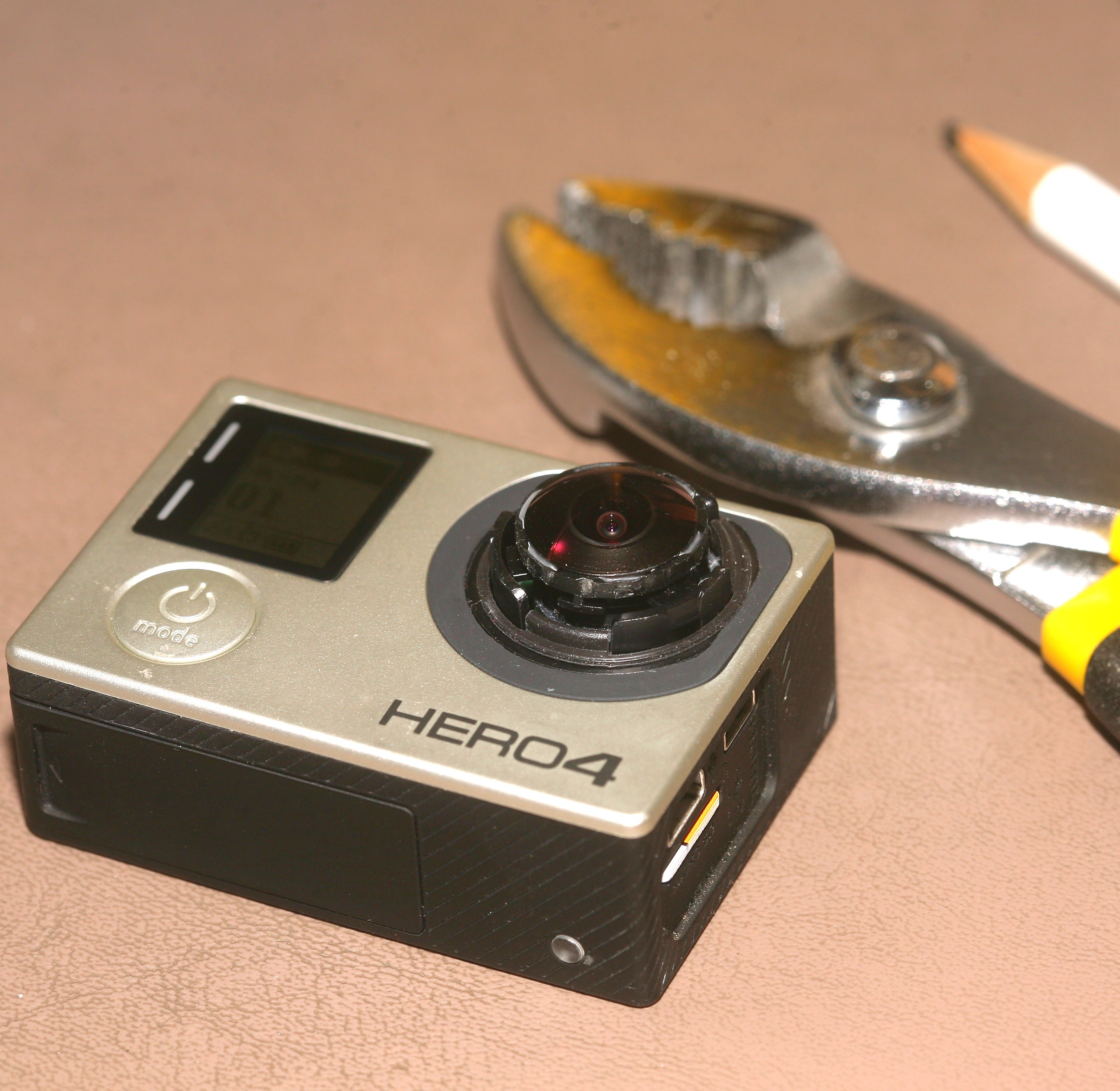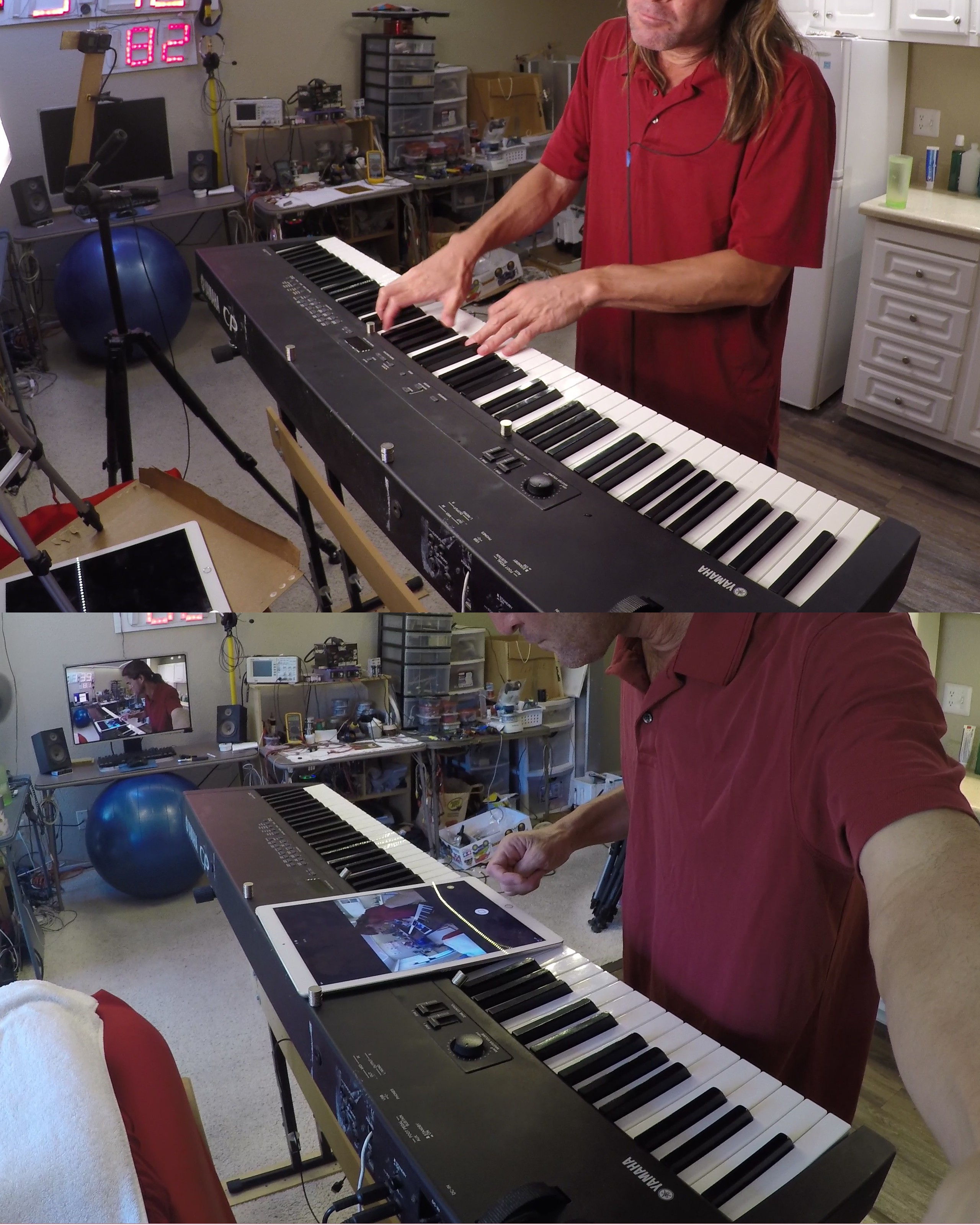-
Optical spectrum analyzer
02/17/2020 at 03:43 • 0 commentsThe technology connections series on color scrambled the lion brain.
It got the lion kingdom wondering if a photo of a supermodel contained her real color or just the RGB components of the original spectrum & the only way to have the real photons reflected by a supermodel impact our eyes was to be a politician.
A rough test with an ancient CD-R diffracting the light of an LCD screen showed the LCD screen really does only emit RGB bands. The splitting of displays into RGB bands is something we've all seen but never really focused on.
The bands don't recombine to form a complete spectrum. That's why we can detect single spectral lines in stars. All the adult entertainment lions have viewed contains only slices of the 3 primary colors reflected by the supermodels.It would be very expensive & pointless to capture the full spectrum of light. It could be done with some kind of scanning aperture. It would be stored in some image format that contained a complete spectrum for each pixel instead of RGB. Reproduction would require some kind of spinning color wheel or prism to cycle through the complete spectrum & some kind of filter to light the right pixels at the right point in the color wheel.
Then, a superior animal which detected more than just the RGB lines could appreciate the full spectrum. The rest of us could have peace of mind in owning the complete spectrum reflected by a supermodel, just like a politician.A more practical question is how do us lions know if the light we're seeing contains a full spectrum or just the RGB lines? Even if we had an app using a phone cam to scan the light, the phone cam would only detect the RGB lines. A true optical spectrum analyzer would rely on the ages old prism & a way to focus a point of light through it. The spectrum emitted by the prism could be scanned by a traditional RGB sensor to determine the intensity at every wavelength.
It's still rather pointless. A lion could go its entire life in a room lit with only RGB slices or full white without ever noticing. It might be useful for an indoor garden.![]()
![]()
![]()
Spent the $15 on a much better prism than childhood, though it would have been better to spend $20 on a 6" version instead of the 2.5" version. It was real tricky to get it to work with 1 paw in the dark, but that never stopped lions before.
After much foreplay, finally got it to project white light from RGB LEDs & white light from white LEDs in a spectrum. The answer was the RGB LEDs really do make only 3 bands while the white LED makes a continuous spectrum even though both appear white. Most obvious is the lack of yellow & turquoise in the RGB projection.
An LCD screen isn't bright enough to project a rainbow without serious optics, but an LCD projector would reveal that all your supermodel JPEGs of the last 30 years really do contain only 3 bands of color instead of what was really there. The only way to see the full spectrum of a supermodel really is to be a politician.A fully self contained spectrum analyzer would require some serious optics to concentrate & focus the light. It was quite easy 40 years ago to get a bag of lenses from Peninsula Scientific & experiment. Nowadays, it would involve such a long boat ride from China, it would require serious planning.
----------------------------------------------------------------------------------------------------------------------------------------------------------
https://www.bhphotovideo.com/c/product/1436631-REG/sekonic_401_800_c_800_spectomaster_meter.html/
![]()
There are spectrometers for a lot of money. They show the intensity of all wavelengths besides RGB. Not sure if it uses a prism or just RGB photodiodes.
-
Bullet time rocket photography
02/13/2020 at 08:04 • 0 commentsGet the press credentials required to set up remote cameras & set up maybe 50 cameras around a launch pad to get a bullet time pan of the launch. Bullet time pans were popular 20 years ago & died off as computer animation replaced practical images, the cameras required to get acceptable image quality got a lot more expensive, & people forgot how to do it.
The mane problem is the amount of gear is limited to what people can carry on the bus & the amount of time allocated for camera setup. It would require the smallest possible cameras in waterproof containers, with tripods. The triggering would have to be ideally fiber optic, but such a long cable might not be compact enough to fit on the bus. It wouldn't be practical to run a long wire around a launch pad, either. This leaves laser optical triggering. The good news is modern cameras can almost get full motion video at resolution only still cams could get 20 years ago.
The cameras would have to be the cheapest Chinese board cams with the cheapest storage, rather than consumer point & shoots. They'd have to be foldable into ordinary luggage, like starlink satellites, then unfold into full waterproof containers with tripods. The keychain cams of long ago would be small enough, but too expensive.
They'd relay the trigger in a daisychain, with each camera firing a laser at the next camera. The laser relay would have to be a separate box from the camera. Because of the intermittent communication, the laser relay would transmit a time code & the cameras would have preset times to shoot. An IR relay might do a better job. It might be easier to record full motion video at a higher framerate than the accuracy of the trigger, in which case the cameras would only need separate sound triggers with no laser link.
They would need modes to test the triggering & the framing with a phone. Some kind of removable dongle would communicate with the phone.
Power consumption would have to be low enough to stay in standby mode with batteries cheap enough to buy 50 of. It's almost reasonable to build up a proof of concept with fewer cameras, even though lions will never live close enough to a launchpad to do the real thing. The proof of concept could be a replacement for the automated tracking camera, but the trick is the subject would have to stand in the right place instead of relying on the cameras to track her.
-
Alternative computer in a Macbook shell
02/08/2020 at 23:20 • 0 commentsThe lion kingdom has accumulated dead macbooks over the last 8 years. As their batteries puffed & their computing power became insufficient, they became useless, but their solid metal cases survived. What if the innards could be replaced with computers that met modern requirements? It's famously cheaper to get the computing power of a macbook pro in another shell & lions could easily reduce the battery size to make it lighter. There are some mane challenges.
The display: there was a guy who managed to control a macbook display with a simple board & the connector looks similar.
http://mikesmods.com/mm-wp/?p=384
The problem is it's so rare for macbooks to wear out & their users are so computer illiterate, converter boards are expensive.
The CPU: It wouldn't be possible to swap the innards of a Dell because of the cooling system & the Dell would work in its own case for about a year.
The whole idea depends on single board computers being cheaper & more powerful than the macbooks they replace. Today's abundant single board computers are nowhere close a macbook from even 8 years ago. For game development & video playback, they might be a solution. For embedded development with modern tools, fuggedaboutit. Lions just need more performance.
-
Animated figure made out of muscle wire
01/08/2020 at 05:42 • 0 commentsAround every 10 years, the internet rediscovers muscle wire. There have been some simple animatronics using it.
What about making some kind of human figure with legs & arms using it? An important test would be how many times it can flex before it work hardens.
-
The minimal discrete component computer
12/21/2019 at 22:52 • 0 commentsReading about this over the decades, lions have concluded 4 bits is the smallest viable ALU. The minimal computer should devote all its components to RAM instead of devoting hundreds of parts to a separate ROM. Some amount of it should be analog instead of digital.
A discrete component computer is really a study in memory devices. There's memory for the program, data, registers, & the instruction set. The biggest win would be simplifying the memory. Analog memory seemed like the easiest solution.
4 bits could be reduced to a voltage with 16 steps & this could be stored in a single capacitor instead of transistors. Each nibble could use maybe 2 transistors for addressing. Some dedicated hardware could constantly scan the memory & refresh the capacitors.The trick is translating between the digital & the analog parts.
The input & output would be punched cards & LEDs.
At least such a project would be a good way to visualize how computers work at the lowest level. There's been more interest in discrete component computers because we're moving away from the digital logic of the 20th century & towards the qubit logic of quantum computing. Quantum computing is starting over at the raw physics & building up everything else from scratch. It's more like reading analog voltages than digital bits.
-
Hacking the Casio F91W
12/15/2019 at 02:52 • 2 commentsEven the Barkley marathons provide a better watch, nowadays, but lions still get the nostalgia tingles when looking at the F91W. It's the smallest thing lions believe which could do all the necessary functions for most runs, which are multiple stopwatches & a counter. There's no need for GPS or a compass, most of the time.
There are many hacks for its appearance, but no-one has ever hacked the firmware. To save money, it's going to be an ASIC from the 1980's, with no firmware.
https://hackaday.com/2016/05/30/gutting-and-rebuilding-a-classic-watch/
https://github.com/carrotIndustries/pluto
There is a design for an alternative board to put inside it. This would cost far more than the original watch.
-
Discrete analog LED animations
11/20/2019 at 05:28 • 0 commentsThe multivibrator affair got the lion kingdom thinking about how to add more states of LED blinking with the same discrete components. The intuitive way is just adding more capacitor/BJT stages to extend the multivibrator to more than 2 LED's. The problem is multivibrators only manage 2 states, no matter how many LEDs they have. You can make a counter by using cascading multivibrators as flip flops, but it's complicated.
The easiest way to do it is by having parallel multivibrators, each operating at powers of 2 speed.
0b00001000 0b00000001 0b00000010 0b00000011 0b00000100 0b00000101 0b00000110 0b00000111
Looking at 9 states in binary, each column oscillates half as fast as the other. Multivibrators can have 1 state be a lot faster than the other, so 1 column can be a reset pulse for 1 row to keep all the others synchronized. The reset pulse grounds the base of 1 transistor in each flip flop to get them to start in the same state.
This 4 bit multivibrator counter could then drive a lookup table made out of BJT AND gates to power the LEDs. It would definitely work, with very careful adjustment of resistances & capacitances. The problem is the huge number of transistors required for the lookup table, 14 in total.
![]()
A simple LT Spice simulation proved the 14 transistor lookup table would work, with the 3 flip flops selecting the right LED to light up & 1k's simulating the LEDs. Too bad LT Spice can't simulate a multivibrator or draw blinking LEDs. The total number of transistors for the lookup table & 4 flip flops would be 22 or far less than building a shift register with a clock.
In exchange for the low transistor count, it has a problem with synchronizing the 4 flip flops. There are always going to be glitches when the states change. A 10k & 100uF give around 1Hz for the lowest bit. Getting all the oscillators close enough to minimize the glitches would require 6 expensive multiturn trimpots.
After banging on a simpler solution, the lion kingdom finally figured out how to make a cascading delay circuit using 3 transistors per LED.
![]()
The trick with the cascading delay is we start with load1 on. A capacitor slowly raises the base voltage of the load transistor Q1 until it shuts off. The base current isn't enough to fully quench the transistor, so it needs a pullup R6 but a base resistor R1 is always needed to limit the base current.
With load1 no longer receiving current from Q1, a tiny current from the base of Q7 is now drawn & Q7 turns on. Q7 amplifies the tiny current drawn by the load to turn on Q2 to turn on the next delay circuit. Without the gain of Q7, the load would get too much current & never appear to turn off. The fact that it turns off is only an illusion.
The trick is there's a multivibrator which resets the sequencer by grounding all the delay voltages. The 1st delay circuit doesn't need a capacitor because it's turned on by the reset pulse. A final LED after the last delay circuit doesn't need a delay because it's turned off by the reset pulse.
It would be a lot simpler with FETs, but the lion kingdom wanted lowest common denominator childhood components.
https://www.youtube.com/watch?v=aOfo8UBTknY
The next problem would be what LED pattern to draw. It could be a simple 7 segment display, animal walking, propeller, circle, hourglass. The childhood vision was LEDs side by side. It would be pointless, but nothing in this project has any point.
-
Cell phone holster for a robot
09/10/2019 at 22:39 • 0 commentsAn epidemic of robots ejecting phones caused the lion kingdom to more seriously consider how they're being stored on the robots. They slide out for easy accessibility & there's a large opening for easy insertion. The problem is when the robots go over curbs at today's higher speeds, they're getting thrown out more often than when lions were just doing 9 minute miles. The screen protectors have begun failing at higher speeds.
The ideal solution is an elastic case which squeezes the phone. It depends on the size of the phone & needs high precision. Traditional holsters have a strap on top.
![]()
![]()
![]()
The 1st attempt was a velcro strap. It worked well, for a few weeks, then sweat accumulation made the loop side no longer stick. The lion kingdom avoided magnets because of the phone's compass.
Some combination of a balloon & a ziplock bag might work. Another problem is the ziplock bag scratching the phone camera. -
Scooter desk
08/15/2019 at 20:53 • 0 commentsGot to thinking about a scooter that transformed into a standing desk, but could fit in a form factor right in front of you. It would be supported by your legs or something. A strap could also go around the lion's hip, minimizing the base it required.
The laptop could be fastened to the top without having a full table. There are already scooters with castor wheels extending from the deck, allowing them to stand upright. It's kind of ridiculous for a 2 wheeled vehicle to have 2 extra wheels just for standing up.
1 idea is for the handlebars to form the table. This would require the original handle to extend above the deck & make it top heavy. Another idea is for the handlebars to form the base. The handle would fold against the deck & the extension above would be entirely carbon fiber.
The mane problem is if the laptop is attached to the scooter, tipping over would destroy it.
This is still not as ideal as a wearable computer.
-
Adjusting focus on a gopro
07/13/2019 at 21:22 • 0 comments![]()
![]()
Years after the gopro 4 arrived, its nearsightedness became a real problem when recording the piano. The low keys were sharp while the high keys were blurry. It wasn't even known to be nearsighted until long after its eclipse duty.
This method works on a 4, but it's 1 time only. It chews up the plastic. You can probably leave the inner ring attached, to have more plastic to chew. A 2.5 mm turn got the high keys in focus & the low keys only barely softer. Selfies definitely won't be as sharp.
While the lion kingdom got a 7 for its super smooth stabilization, it still uses the 4 for the gimbal & dual cam shots. The 7 requires a robot to get cinematic stabilization but is sharp from end to end.
 lion mclionhead
lion mclionhead